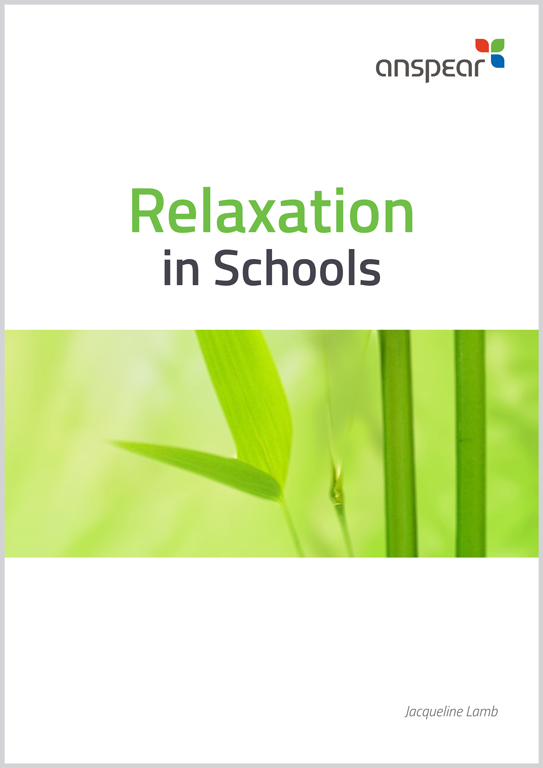Relaxation in Schools
Jacqueline Lamb
- Help pupils to manage stress
- Improve access to learning
- Raise standards
Support vulnerable pupils
Stress among children and young people is a growing problem and a matter of great concern to adults who work with them. However, pupils who have been taught and are able to use relaxation techniques have reported that they are:
- happier
- more able to learn
- more in control of their emotions
- in better mental health.
The relaxation training is the best thing I have ever done with my pupils
Inclusion manager, primary school
The guidance you need
Relaxation in Schools is designed to help teachers to introduce relaxation techniques in the curriculum at any key stage. The resource covers:
- stress management
- using senses
- breathing
- muscle relaxation
- visualisation.
The techniques described in Relaxation in Schools are already in use in many schools around the country. Teachers report that their pupils appear less stressed and are learning much more successfully as a consequence.
Relaxation is like giving my brain a rest and then I can learn better
Year 6 pupil
Practical help
The aim of Relaxation in Schools is to dispel any myths about relaxation. Teachers may be interested in the idea of relaxation for pupils, but be worried about the practicalities of teaching it, or how to balance it with the many other demands placed on school time. This resource contains guidance on:
- giving staff the confidence and skills needed to carry out the teaching itself
- making time for relaxation in a crowded school day
- using relaxation teaching to contribute to PSHE/PSHEE.
The material in Relaxation in Schools encompasses everything you need to support staff in teaching relaxation skills to individual pupils, groups and whole classes. The resource includes:
- case studies from schools
- guidance material
- teaching resources
- lesson plans
- links to further information.
Every school should do relaxation – it’s brilliant!
Year 10 pupil
Suitable for all staff
Relaxation is a natural process which can be learned. With the right support, it can be taught to pupils by:
- teachers
- learning mentors
- classroom assistants
- SEN coordinators
- any other adults who work with young people.
I have seen a real change in pupils who have completed the relaxation training. For example, one pupil opened their GCSE exam paper, didn’t like what they saw and almost ran out of the room. But they managed to use the breathing technique they have been taught and completed the paper.
Inclusion manager, secondary school
Convenient format
Relaxation in Schools comes with a full site licence. This means that it can be placed on a network and shared between all staff, so that for a single, one-off payment , the whole school can benefit.
Why is relaxation important?
- In 2006, the British Medical Association reported that one in ten children has a mental health problem that needs treatment.
- The Office for National Statistics has found that almost ten per cent of children between 5 and 16 have a mental disorder.
- In October 2007, the Cambridge-based Primary Review reported that primary school pupils and their parents are suffering from ‘deep anxiety’ about modern life.
Research carried out at the University of East London shows that proper use of relaxation techniques can lead to improvement in a wide range of areas, including achievement and attainment, attendance, behaviour and general well-being.
Contents
Introduction
- Context
- Preparation
- Techniques
- Sessions
- Using
Resources



